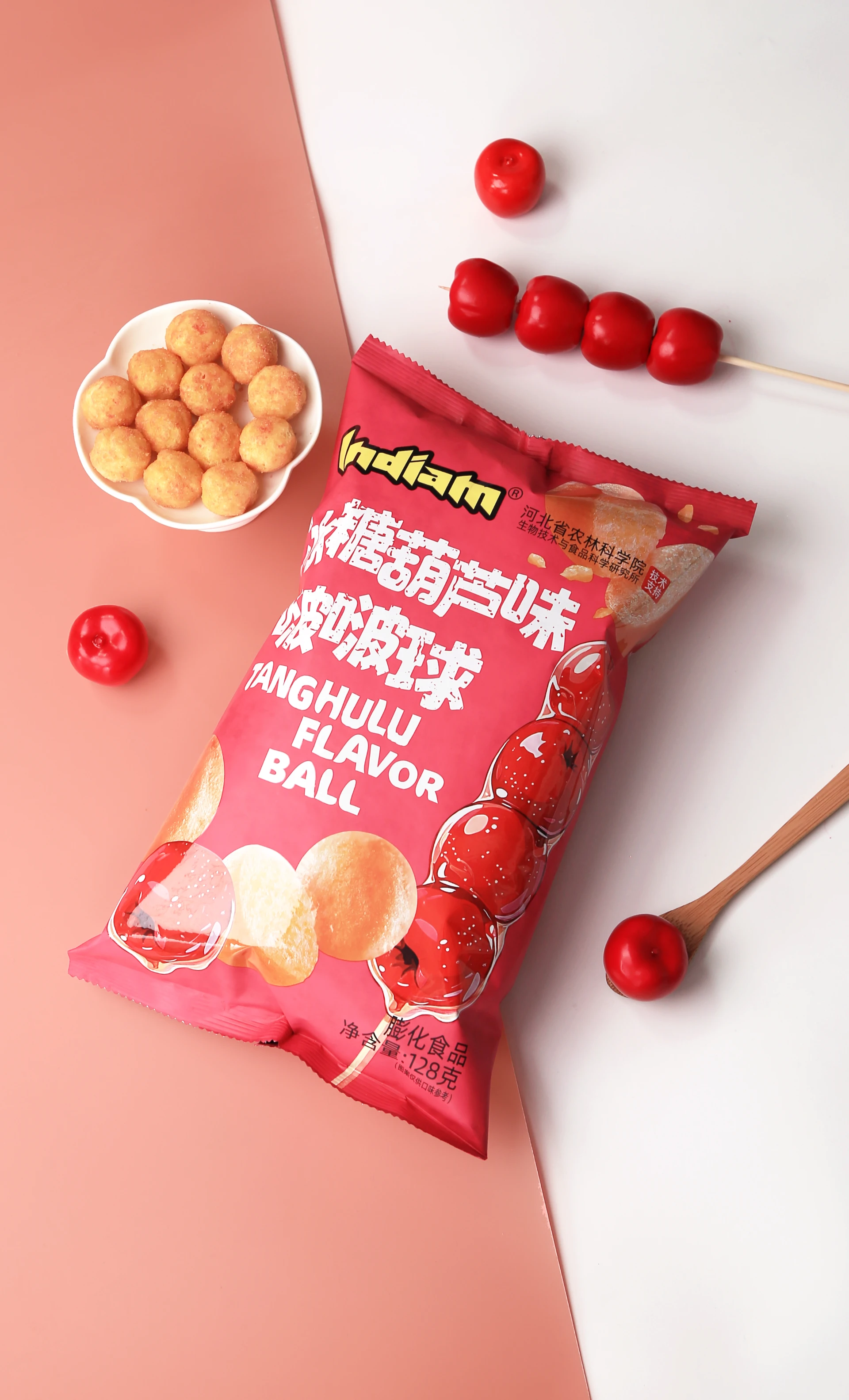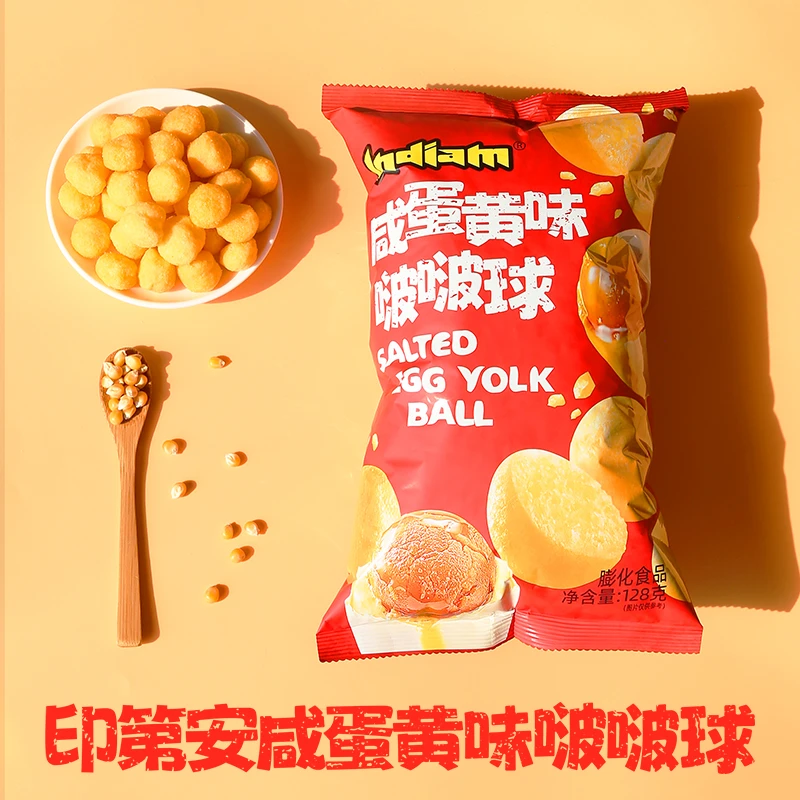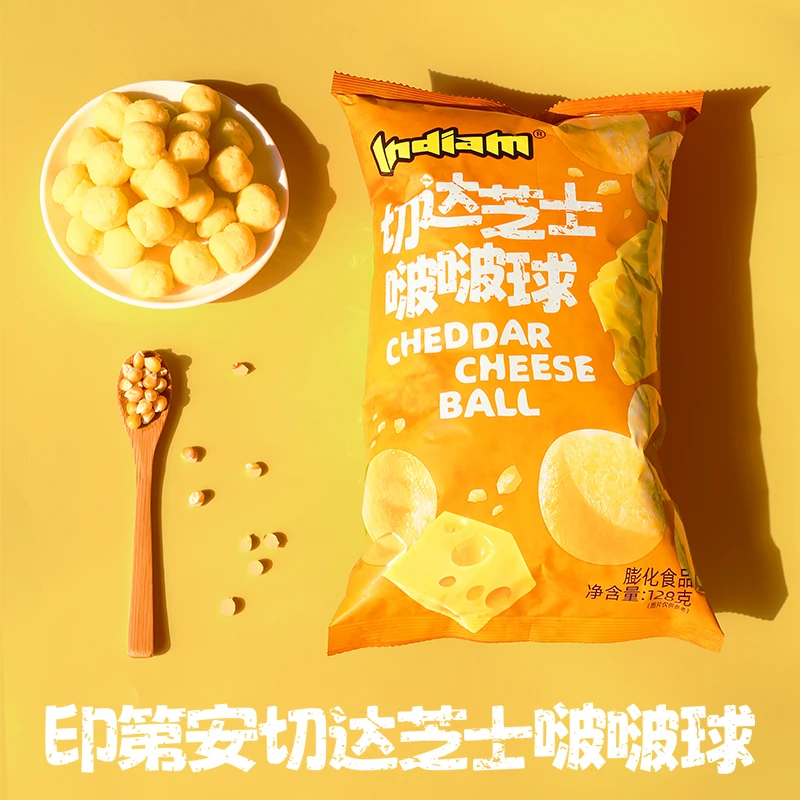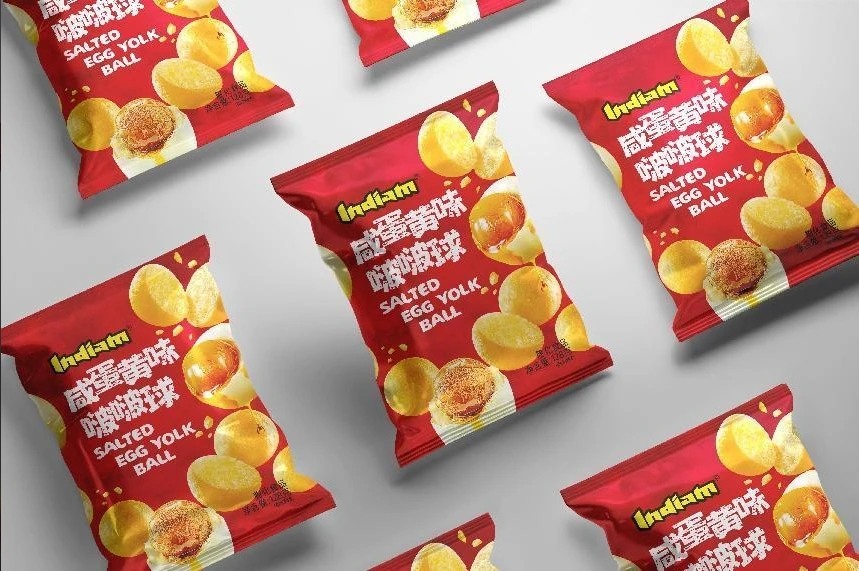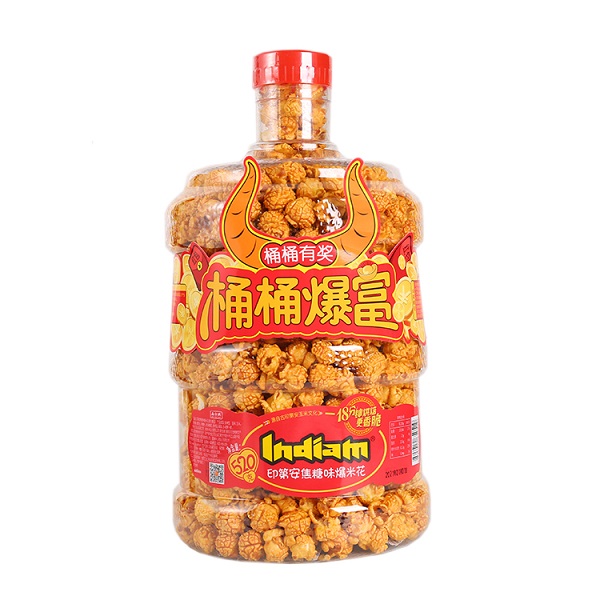What Are Gluten Free Valentine Treats—and Why Do They Matter?
If you’ve ever scratched your head looking for a sweet gift that’s both thoughtful and safe for someone avoiding gluten, you’re not alone. Gluten free Valentine treats have become an important part of the gifting landscape, especially as dietary awareness grows globally. It’s more than just a niche option—it’s about making kindness inclusive. Beyond just satisfying a sweet tooth, these treats symbolize respect, health, and accessibility that matter to millions worldwide. Plus, understanding what goes into a quality gluten free Valentine treat can save you hassle, help your business connect with health-conscious audiences, or simply make your next gift a win-win.
The Global Context of Gluten Free Valentine Treats
Why does gluten-free matter so much on Valentine’s Day, or any day really? Well, consider this: estimates suggest that around 1% of the global population has celiac disease, a serious autoimmune disorder triggered by gluten, and many more suffer gluten sensitivities. According to the Celiac Disease Foundation, awareness and diagnosis rates have been steadily rising — a trend mirrored worldwide (1). Meanwhile, Valentine’s Day remains one of the biggest seasonal opportunities for confectionery sales globally, spanning regions from North America to Europe and Asia.
The problem is straightforward but often overlooked: many traditional Valentine treats, like chocolates, baked goods, and candies, contain gluten or risk cross-contamination. This leaves those with dietary restrictions feeling excluded or forced to settle for limited, often uninspired options. Plus, globally there is a public health push toward gluten awareness and better labeling standards through organizations like ISO and the Codex Alimentarius.
So the challenge — and, for many, the opportunity — is clear: how can manufacturers, retailers, and gift-givers provide delightful Valentine treats that truly cater to everyone’s health needs and preferences?
Defining Gluten Free Valentine Treats
In simplest terms, gluten free Valentine treats are edible gifts specifically made without gluten — the family of proteins commonly found in wheat, barley, rye, and their derivatives. Gluten can cause adverse reactions in sensitive individuals, ranging from digestive upset to severe autoimmune responses.
But there’s more than just “no gluten” stamped on the label. True gluten free Valentine treats usually mean products crafted in carefully controlled environments to prevent any contamination, often leveraging alternative flours like rice, almond, or coconut. They also tend to celebrate creativity by incorporating naturally gluten free ingredients (think rich chocolates, nuts, and fruits) to deliver both indulgence and safety.
These treats bridge health, hospitality, and the celebratory spirit, reflecting modern nutrition demands aligned with inclusivity — a humanitarian nod, if you will.
Core Aspects of Gluten Free Valentine Treats
Let’s unpack the main components that make these treats special:
1. Safety and Certification
The backbone of gluten free Valentine treats is rigorous testing and proper certification, often overseen by third-party bodies like the Gluten-Free Certification Organization (GFCO). This ensures products meet strict thresholds (usually less than 20 ppm gluten), giving consumers peace of mind.
2. Ingredient Quality and Sourcing
High-grade, naturally gluten free ingredients make the difference between a mediocre and a fabulous treat. Think premium cocoa, organic nuts, and fresh fruits. Trendy alternatives like chickpea flour or tapioca starch help add texture without sacrificing flavor.
3. Flavor Variety and Innovation
Gone are the days of bland almond cookies. Today’s gluten free Valentine treats come in endless creative forms — from rich ganache-filled chocolates to vegan fruit jellies to nut butter cups. Innovation keeps the experience exciting and marketable.
4. Packaging and Presentation
Because Valentine’s Day is all about the feels, presentation matters—a lot. Gluten free options often feature allergen alerts, heart-themed designs, and eco-conscious packaging, doubling as a sign of thoughtfulness and responsibility.
5. Accessibility and Availability
Thanks to global supply chains and digital marketplaces, these treats are increasingly easy to find — whether in boutique stores, supermarkets, or online shops specializing in dietary goods.
Mini takeaway: Combining safety, quality, and creativity ensures gluten free Valentine treats appeal to both hearts and palates alike.
How Gluten Free Valentine Treats Are Celebrated Around the World
Gluten free Valentine treats aren’t just a Western fad. In many parts of the world, traditional Valentine celebrations intersect with rising gluten intolerance awareness, leading to localized innovations.
- North America: The U.S. and Canada boast a robust market for certified gluten free sweets, especially around Valentine’s Day. Many artisans focus on handmade chocolates and cupcakes that comply with gluten-free standards.
- Europe: Countries like Germany and Italy integrate naturally gluten-free nuts and fruits into their Valentine confections, highlighting a mix of tradition and health awareness.
- Asia: Japan and South Korea, for instance, adopt premium rice-based sweets or mochi delivered with Valentine’s flair. Plus, the growing gluten free market targets urban middle classes eager for healthy options.
In humanitarian contexts, gluten free products are gaining attention in relief operations where safe nutrition must be prioritized for vulnerable groups – such as displaced families or food allergy sufferers. It may seem oddly specialized, but even here the inclusivity gluten free treats represent is vital.
Case Insight: A Boutique Bakery in San Francisco
One small business owner told me her gluten free Valentine treats fly off shelves every year because customers appreciate the safety guarantees and the bold flavors. She’s even expanded into vegan and keto-friendly options, signaling the trend’s growth.
The Advantages—Beyond Just Being Gluten Free
Why bother with gluten free Valentine treats at all?
- Health & Safety: The obvious, but savored by millions. It prevents allergic reactions and promotes digestive health.
- Social Inclusion: Sharing treats together without worrying about gluten fosters connection and dignity.
- Sustainability: Many gluten free manufacturers use ethically sourced, organic ingredients and eco-packaging.
- Market Growth: The gluten free product market is booming, indicating commercial viability.
- Emotional Appeal: Giving a gluten free gift shows attentiveness and care, strengthening relationships.
It boils down to something quite human: the desire to spoil loved ones without compromise or risk.
Future Trends and Innovations in Gluten Free Valentine Treats
The road ahead looks tasty, friendly, and tech-savvy. Some emerging directions include:
- 3D-printed gluten free chocolates: Custom shapes and messages, instantly personalized.
- Plant-based superfood infusions: Like matcha, turmeric, and spirulina add health boosts.
- Smart packaging: QR codes linking to full allergen info and videos on production.
- Sustainability push: From zero-waste sweet wrappers to upcycled ingredient use.
- Cross-industry collaborations: Bakeries partnering with tech startups to streamline gluten free production.
These trends mix technology, sustainability, and consumer demands in one exciting Valentine’s package.
Challenges and How Industry Leaders Tackle Them
Of course, things aren’t always smooth:
- Cross-contamination risks: Facilities must be meticulously maintained to avoid gluten traces.
- Higher costs: Specialty ingredient sourcing and certification add price tags.
- Limited shelf life: Some gluten free products spoil faster without preservatives.
- Consumer awareness: Not everyone knows what truly “gluten free” means.
Innovative solutions abound—from new cleaning protocols to transparent supply chains and educational marketing to smart preservatives from natural sources.
Frequently Asked Questions About Gluten Free Valentine Treats
- Q1: Are gluten free Valentine treats automatically healthier?
- A1: Not necessarily. Gluten free simply means no gluten, but some treats may still have high sugar or fat. It’s best to check nutrition facts and ingredient quality for a balanced choice.
- Q2: How do manufacturers ensure no gluten contamination?
- A2: They often operate dedicated gluten free facilities or strict cross-contamination protocols, including separate machinery, thorough cleaning, and regular testing.
- Q3: Can I find gluten free Valentine treats for vegan diets too?
- A3: Yes! Many makers combine gluten free with vegan options by using plant-based ingredients and alternative binders like aquafaba or flaxseed.
- Q4: Where are the best places to buy gluten free Valentine treats?
- A4: Specialty health food stores, online platforms, and certain boutique patisseries often carry certified gluten free Valentine products with transparent labeling.
- Q5: Is packaging important for gluten free marketing?
- A5: Absolutely. Clear allergen declarations and attractive, sustainable packaging help consumers make informed choices and feel valued.
Product Specifications: Typical Gluten Free Valentine Treats
| Treat Type |
Key Ingredients |
Gluten Content |
Shelf Life |
Packaging |
| Chocolate Truffles |
Cocoa, cream, sugar, almond flour |
| 2-3 weeks refrigerated |
Biodegradable boxes with allergen labels |
| Nut Butter Cups |
Peanut butter, dark chocolate, tapioca starch |
| 3-4 weeks room temp |
Recyclable foil & cardboard |
| Fruit Jellies |
Fruit purees, pectin, sugar, lemon juice |
100% gluten free by nature |
1-2 months sealed |
Clear plastic trays with allergen info |
Vendor Comparison: Top Gluten Free Valentine Treat Producers
| Vendor |
Gluten Free Certification |
Price Range |
Product Range |
Online Availability |
| SweetSafe Chocolates |
GFCO Certified |
$$$ |
Truffles, Bars, Nut Cups |
Yes |
| PureJoy Treats |
Certified Gluten Free (Local) |
$$ |
Jellies, Cookies, Bars |
Limited |
| Nature’s Valentine |
ISO Certified Facility |
$$$ |
Mixed Gift Sets, Vegan Options |
Yes |
Wrapping It Up: Why Gluten Free Valentine Treats Are Here to Stay
So, gluten free Valentine treats aren’t just a passing trend. They represent a growing global demand for inclusivity, health safety, and delicious, thoughtful gifting. Whether you're a consumer navigating options or a supplier aiming to meet rising needs, understanding these treats’ value is key. They enable us to celebrate love without compromise — a simple pleasure made accessible to all.
If you want to explore a delightful range of gluten free Valentine treats to impress your loved ones, check out
gluten free valentine treats — it’s a good place to start.
---
Quick References & Further Reading
- Celiac Disease Foundation – What is Celiac Disease?
- International Organization for Standardization (ISO)
- FDA Gluten-Free Labeling Guidance






